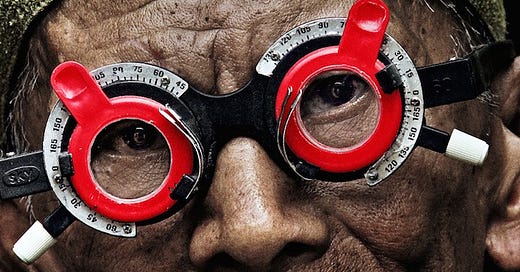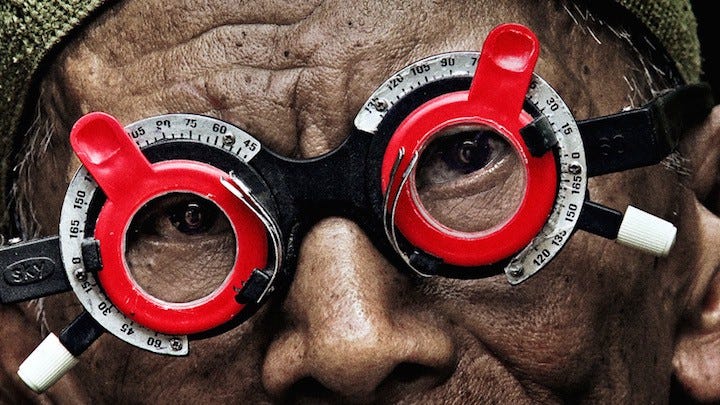The 6 Best Documentaries of the 2014 Toronto International Film Festival
Written by Jason Gorber
Given the enormity of the festival, with all its glitz and glamour and galas, it’s sometimes easy to forget that the Toronto International Film Festival is one of the premier destinations for the top documentaries of the year. Curated by Thom Powers and his team, the selection here definitely leans towards the cinematic, where a compelling narrative and…
Keep reading with a 7-day free trial
Subscribe to Nonfics to keep reading this post and get 7 days of free access to the full post archives.



